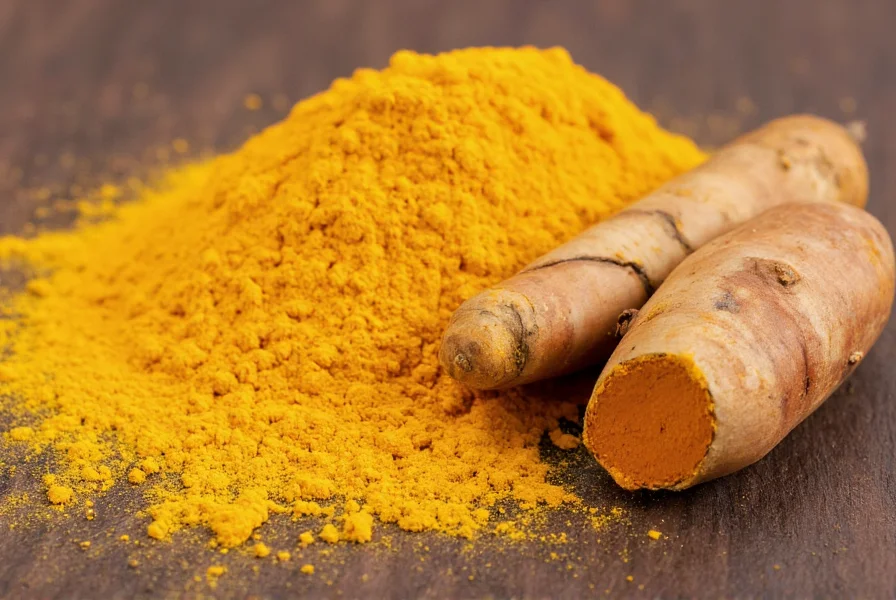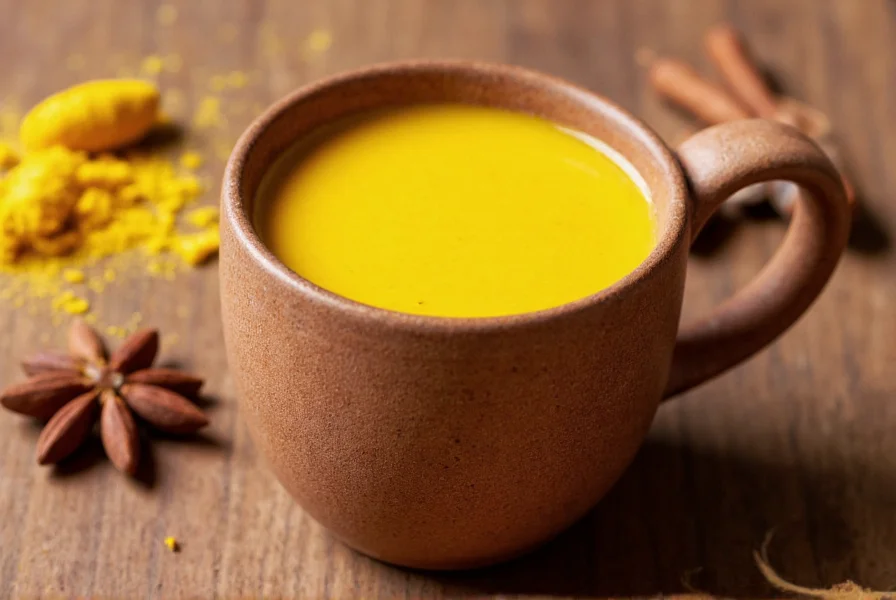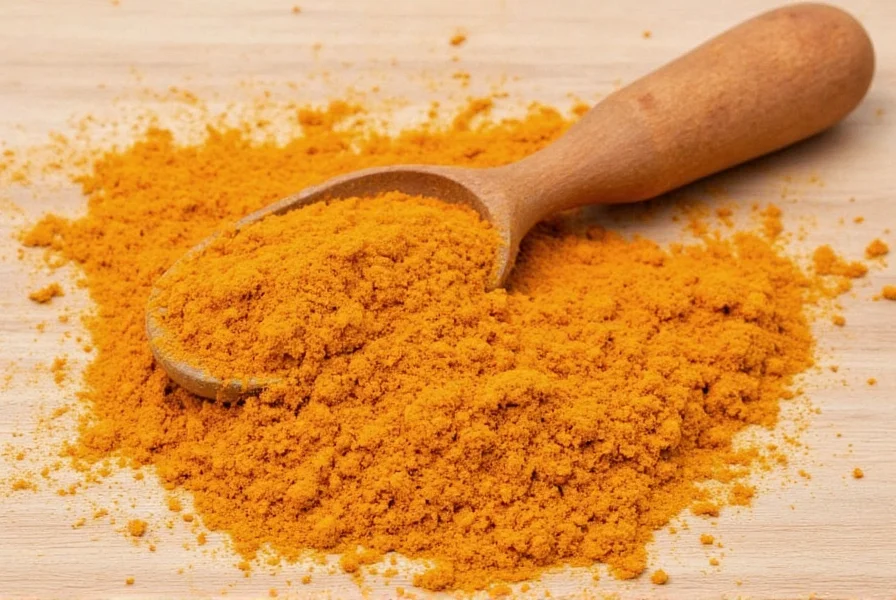For centuries, turmeric has been a cornerstone of traditional medicine systems across Asia. Modern science is now validating many of these traditional uses while uncovering new potential applications for this vibrant yellow spice. Understanding what does turmeric help with requires examining both historical usage and contemporary research findings.
The Science Behind Turmeric's Benefits
Turmeric's primary bioactive compound, curcumin, accounts for approximately 2-8% of raw turmeric root. This polyphenol is responsible for most of turmeric's studied health effects. However, curcumin has notoriously poor bioavailability when consumed alone, which explains why traditional preparations often combine turmeric with black pepper (piperine) or fats to enhance absorption.

Evidence-Supported Health Applications
Research into what does turmeric help with has yielded promising results across several health domains. Let's examine the most substantiated benefits:
1. Inflammation Reduction
Chronic inflammation underlies many modern diseases. Multiple studies, including a 2017 review published in Food Science & Nutrition, demonstrate that curcumin can inhibit multiple molecules involved in inflammation pathways. In some clinical trials, standardized curcumin extracts showed comparable effectiveness to certain anti-inflammatory medications for specific conditions, without the same side effect profile.
2. Joint Health Support
For individuals seeking natural approaches to joint discomfort, turmeric shows particular promise. A 2016 study in the Journal of Medicinal Food found that 1,000 mg of curcumin daily significantly improved pain and function in people with osteoarthritis over eight weeks. The anti-inflammatory properties appear particularly beneficial for maintaining healthy joint function.
3. Antioxidant Protection
Curcumin's molecular structure allows it to neutralize free radicals while also boosting the body's own antioxidant enzymes. This dual action makes turmeric one of nature's most potent antioxidant sources. Research suggests these properties may help protect cells from oxidative damage associated with aging and various chronic conditions.
| Health Benefit | Research Support Level | Typical Effective Dose | Timeframe for Effects |
|---|---|---|---|
| Inflammation reduction | Strong clinical evidence | 500-1,500 mg curcumin | 4-8 weeks |
| Joint discomfort relief | Good clinical evidence | 1,000 mg curcumin | 6-12 weeks |
| Antioxidant support | Strong laboratory evidence | 500-1,000 mg curcumin | Ongoing benefit |
| Mood support | Preliminary evidence | 1,000 mg curcumin | 4-8 weeks |
4. Cardiovascular Health
Emerging research suggests turmeric may support heart health by improving endothelial function (the lining of blood vessels) and reducing markers of oxidative stress. A 2017 study in Nutrition Journal reported that curcumin supplementation improved several cardiovascular risk factors in postmenopausal women.
5. Digestive Wellness
Traditional medicine systems have long used turmeric for digestive support. Modern research indicates curcumin may help maintain a healthy inflammatory response in the digestive tract. Some studies show potential benefits for individuals with occasional digestive discomfort, though more research is needed in this area.

Important Considerations When Using Turmeric
Understanding what does turmeric help with requires acknowledging several important factors:
Bioavailability Challenges
Raw turmeric contains only 2-8% curcumin, and this compound has poor absorption. Most clinical studies showing benefits use standardized curcumin extracts (typically 95% curcumin) often combined with absorption enhancers like piperine from black pepper. Without these enhancements, the body absorbs less than 1% of consumed curcumin.
Realistic Expectations
While research is promising, turmeric is not a miracle cure. Benefits typically develop gradually with consistent use over weeks or months. It works best as part of a comprehensive approach to health that includes proper nutrition, exercise, and other healthy lifestyle factors.
Safety Profile
Turmeric is generally safe when consumed in food amounts. Higher supplemental doses (typically above 8 grams daily) may cause digestive upset in some individuals. Those with gallbladder issues or taking blood-thinning medications should consult healthcare providers before using turmeric supplements.
How to Maximize Turmeric's Benefits
To get the most from what does turmeric help with, consider these evidence-based approaches:
- Choose standardized curcumin extracts (minimum 95% curcumin) for therapeutic benefits
- Look for formulations with absorption enhancers like piperine or phospholipids
- Consume turmeric with healthy fats to improve absorption
- Consider dividing daily doses (e.g., 500 mg twice daily) rather than single large doses
- Be consistent—most benefits require regular use for several weeks
Conclusion: What Does Turmeric Help With?
The question of what does turmeric help with has increasingly clear answers from scientific research. Current evidence strongly supports turmeric's role in supporting a healthy inflammatory response, joint comfort, and antioxidant protection. While not a cure-all, when used appropriately with attention to bioavailability and dosage, turmeric can be a valuable component of a wellness-focused lifestyle. As with any supplement, consult with a healthcare provider to determine if turmeric is appropriate for your individual health needs.











 浙公网安备
33010002000092号
浙公网安备
33010002000092号 浙B2-20120091-4
浙B2-20120091-4